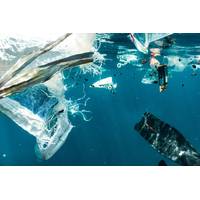
Plymouth Marine Lab: Study Shows Benefits of Cross-Country Plastic Pollution Management
of plastic in the territorial waters of all other countries.The team then combined the results of the ocean modeling with economic valuation and game-theoretic analysis to assess the benefits of cooperation between 16 North Atlantic nations, including the UK, US, Canada, Mexico, Morocco, Haiti, the Dominican Republic and several western European countries.a) Map showing the countries included in the study; the extent of their respective exclusive economic zones (EEZs); their river emissions; and the major ocean currents influencing the transfer dynamics of surface ocean plastic in the region. b) Map showing
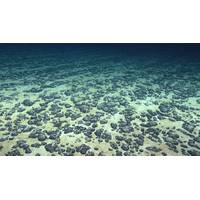
UN Deep-sea Mining Rules Unlikely to be Completed by 2023 Deadline, Latam Countries Say
at the ISA, said the ISA Council might not be able to finalize and adopt the required regulations within the two-year period, adding that delegations are far from reaching agreement on key issues.The Latin American and Caribbean Group includes Argentina, the Bahamas, Chile, Costa Rica, Cuba, the Dominican Republic, Guyana, Jamaica, Panama and Trinidad and Tobago.The African Group in July also criticized the fast-tracking of negotiations, saying the task of agreeing on regulations by mid-2023 is “seemingly insurmountable”.Deep-sea mining involves sucking up potato-sized rocks rich in cobalt
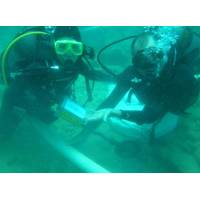
Treasures of the Deep
; Fismer has been using Fishers’ Pulse 8X for his entire treasure hunting career. He has dived on over 300 wreck sites in his tenure and continues to utilize the detector in his dives today. Some of Captain Fizz’s most famous treasure recoveries are from The Concepcion wreck off the Dominican Republic, the Maravilla shipwreck in the Bahamas, and The Taj Mahal shipwreck with Sir Arthur Clark.A famous 2,050-year-old Roman shipwreck, located off the remote island of Antikythera in Greece, has been explored many times. The ship was first discovered in October 1900 by a team of Greek sponge divers

The Ocean's Microplastics Mess: Technology & Technique to Identify & Clean Up
between one of six containers located on a separate barge. Once full, the barge is exchanged, and the waste is transferred to a local waste management facility.” Currently functioning Interceptor systems are in Jakarta, Indonesia, and Klang, Malaysia, with more to come in Vietnam and the Dominican Republic.The Ocean Cleanup is also tackling marine plastic pollution, although the challenges of cleaning the gyres are far from few, as contaminants are spread across millions of square miles and travel in all directions. The organization’s system consists of a floater that sits at the surface
Ocean Cleanup Expands to Rivers
under optimized conditions.Four Interceptors have been built to-date; two systems are already operational in Jakarta (Indonesia) and Klang (Malaysia). A third system is in Vietnam to be installed in Can Tho in the Mekong Delta (Vietnam), while the fourth is destined to be deployed in Santo Domingo (Dominican Republic).In addition to these locations, Thailand has signed up to deploy an Interceptor near Bangkok, and further agreements are nearing completion including one in LA County (USA), kick-starting the scale-up.As part of The Ocean Cleanup’s research to map the problem, it was established that
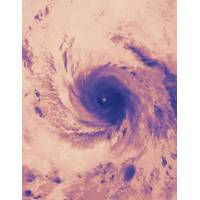
Weakened Maria Could Regain Major Hurricane Status -NHC
into a Category 2 hurricane on Wednesday, could regain major hurricane status by Thursday, the U.S. National Hurricane Center (NHC) said in its latest advisory. Catastrophic flash flooding was occurring over portions of Puerto Rico with conditions now deteriorating over the eastern Dominican Republic, the NHC said. The hurricane was about 25 miles (45 km) north northwest of Aguadilla, Puerto Rico with maximum sustained winds of 110 miles per hour (175 km per hour), the Miami-based NHC said. Any hurricane with top sustained winds of at least 111 is classified as major. (Reporting
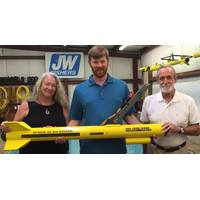
Archaeologists Dive into History
directed numerous shipwreck projects in the US and Caribbean. He is a pioneer in preserving wreck sites as underwater museums. One recent project was working the wreck of the Quedagh Merchant. The ship was reportedly captained by the pirate William Kidd and went down in 1669 off the coast of the Dominican Republic. The remains of the wreck now lie under 10 feet of warm, clear Caribbean water, with cannons an anchors scattered about in plain view. The location makes it ideal for in-depth archaeological study and the perfect place for students to put into practice the methods and techniques learned in
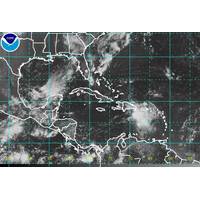
Tropical Storm Erika Heads for Florida
Tropical Storm Erika lashed Puerto Rico and the Virgin Islands with heavy rain and fierce winds on Friday, moving across the Caribbean and apparently heading for the Dominican Republic, northern Haiti and eventually South Florida, the U.S. National Hurricane Center said. Due to some likely weakening over the Dominican Republic, Erika was no longer forecast to make U.S. landfall as a hurricane. It could still smack the Miami area with sustained winds of 60 miles per hour (97 kph) on Monday, however, before sweeping northward up the Florida peninsula, affecting Orlando's popular theme parks.
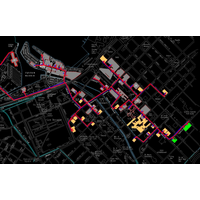
Makai Studies Seawater Air Conditioning in the Caribbean
;aise de Développement (AFD) and used Makai’s recently upgraded district cooling software. Eight locations in the Caribbean were analyzed for SWAC development, which were then down-selected to two sites considered to be most promising: Montego Bay in Jamaica, and Puerto Plata in the Dominican Republic. SWAC is a district cooling technology that uses deep cold seawater for cooling that can be as cold as 5°C or 41°F, even in the tropics. SWAC replaces the chillers used in conventional A/C systems that serve large buildings such as hotels, greatly reducing their electrical consumption
 December 2025
December 2025





